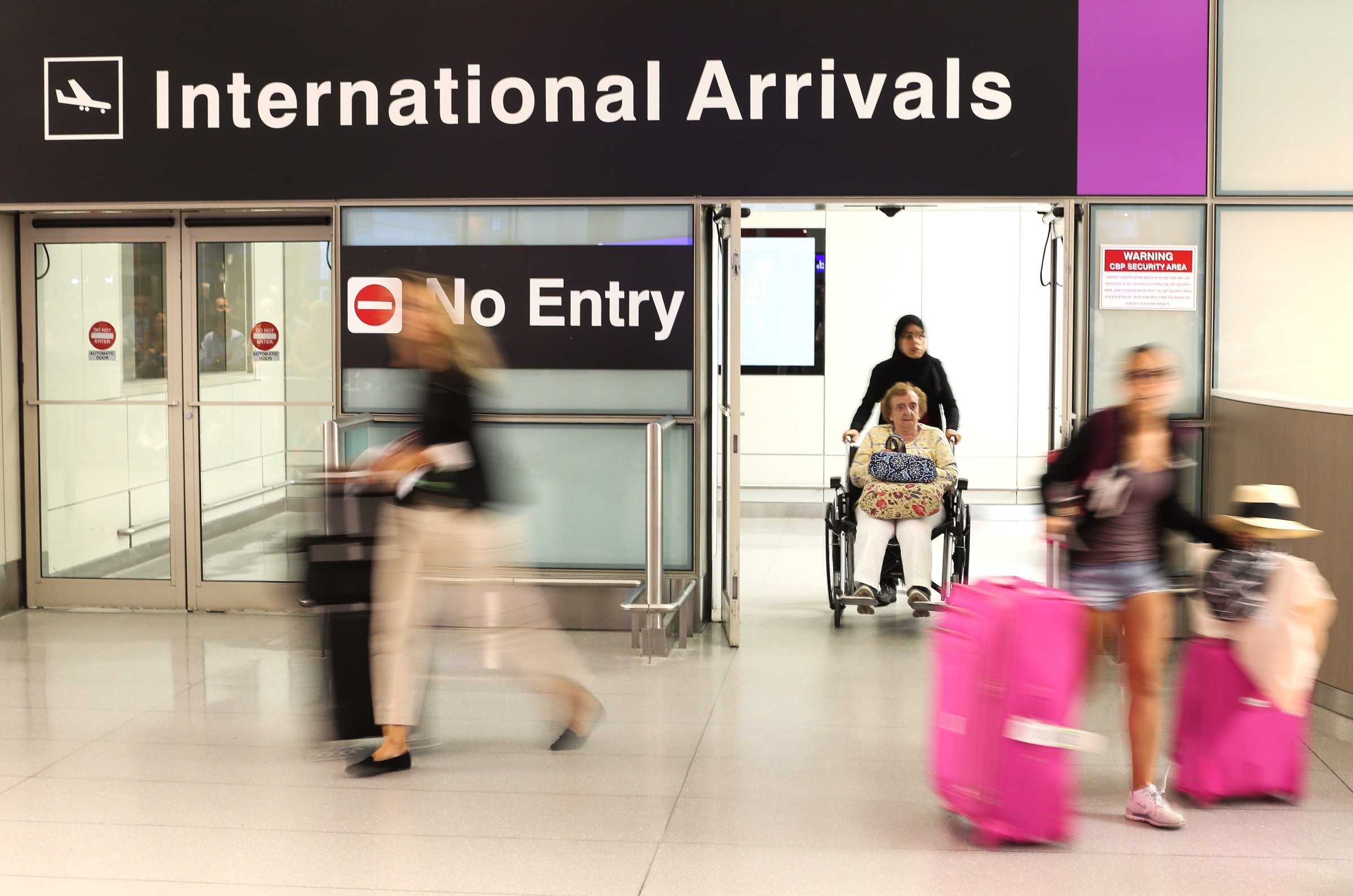
The Trump Administration is considering replacing the so-called travel ban with more narrowly tailored travel and screening restrictions for foreigners coming to the United States.
The changes are expected as a review period called for in the President’s executive order banning travel from six Muslim-majority countries comes to a close. The review period ends on Sept. 24, but officials at the Department of Homeland would not confirm whether or not a decision would come before then.
The Administration also did not say whether the six countries covered under the travel ban would be affected by the changes nor did it give any indication of how many countries could be covered by the new rules.
The proposed changes come a week after President Trump tweeted that the travel ban should be “far larger, tougher and more specific.”
Acting Homeland Security Secretary Elaine Duke has submitted recommendations based on a set of newly established standards that the administration wants countries to meet in order for their citizens to gain entry to the U.S.
Miles Taylor, a counselor to the Secretary of Homeland Security, said Friday that in meeting those baseline standards the U.S. government should be able to confirm the identities of travelers and ensure that foreign partners are sharing any and all information about potential national security and public safety threats that travelers could pose. Officials also took into account risk factors that are posed by each individual country.
“Countries that didn’t meet the requirement may not be allowed to enter the U.S. or they may face other travel restrictions to mitigate the risk to our country with certain exceptions,” said Taylor.
Administration officials said Friday the recommendations came as a result of an extensive interagency review and weeks of international engagement, which began in July. Over a 50-day period, every foreign government in the world was notified countries of the new process, they said.
Officials said most met the U.S.’s minimum requirements for entry from the beginning and an unspecified number those that did not originally meet the standards have taken steps to comply. “We managed to get countries that weren’t previously sharing things like terrorist information to start doing exactly that,” Taylor said. “We got others agreeing to issue more secure e-passports and meeting some of the other standards that we laid out.”
The countries that do not meet the new standards, however, could soon face tailored restrictions on travel and enhanced screening measured, based on security gaps that are specific to each nation. The Trump Administration said Friday its goal is not to indefinitely block nationals from those countries from entering the U.S., but to restrict entry until those governments begin to comply.
The Wall Street Journal first reported on the changes earlier on Friday. The Administration’s decision comes just a few weeks before Supreme Court oral arguments on the travel ban on Oct. 10. Friday’s decision could make some of the challenges in that case moot. It is not yet clear whether the decision will affect the refugee program, which also faced significant reductions as a result of the executive order.
Though the final decision has not yet been publicized, the process appears to be much more deliberate and thoughtful than the initial rollout of the travel ban, which led to confusion at ports of entry and a flurry of legal challenges.
More Must-Reads from TIME
- Donald Trump Is TIME's 2024 Person of the Year
- Why We Chose Trump as Person of the Year
- Is Intermittent Fasting Good or Bad for You?
- The 100 Must-Read Books of 2024
- The 20 Best Christmas TV Episodes
- Column: If Optimism Feels Ridiculous Now, Try Hope
- The Future of Climate Action Is Trade Policy
- Merle Bombardieri Is Helping People Make the Baby Decision
Contact us at letters@time.com